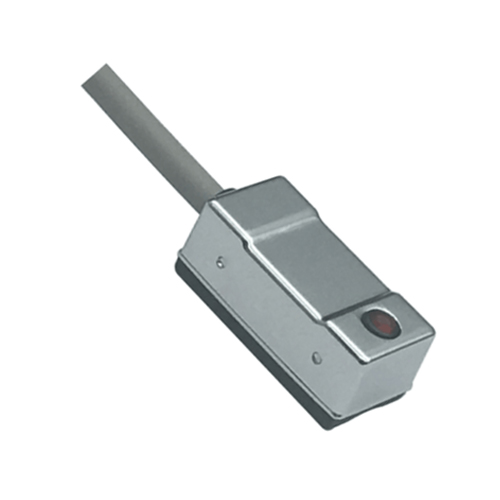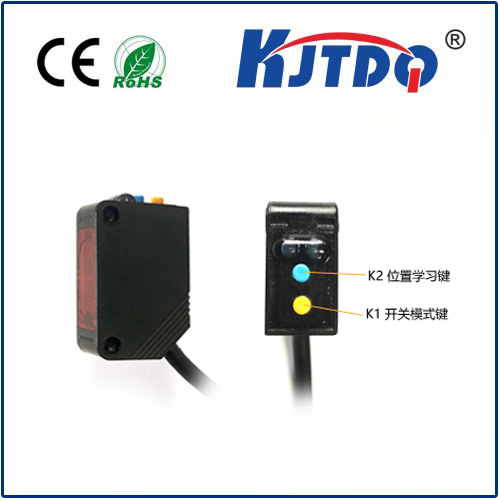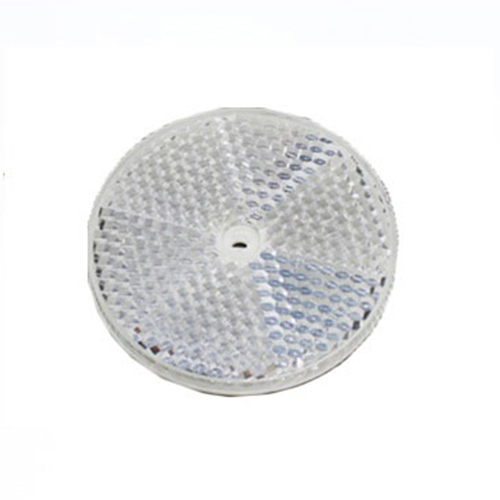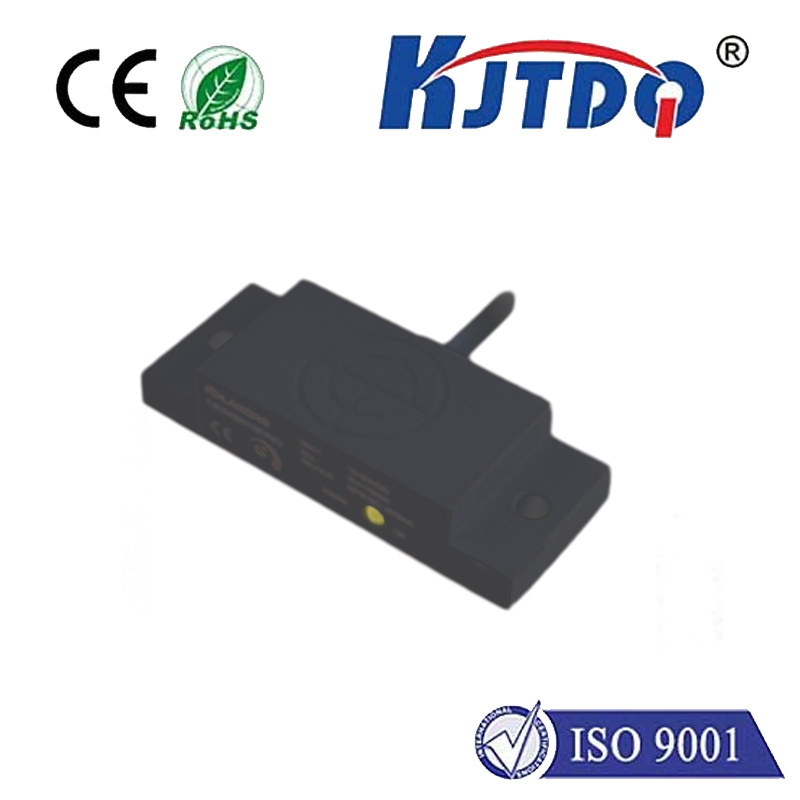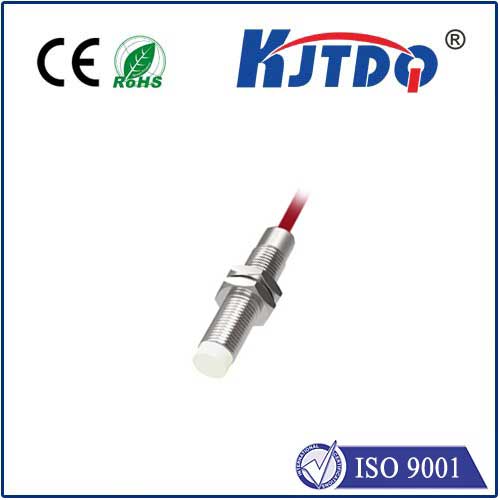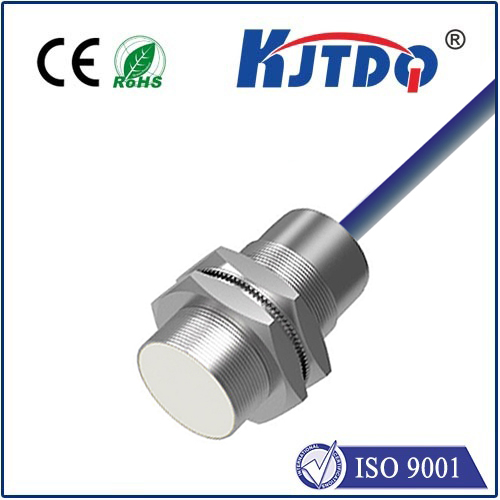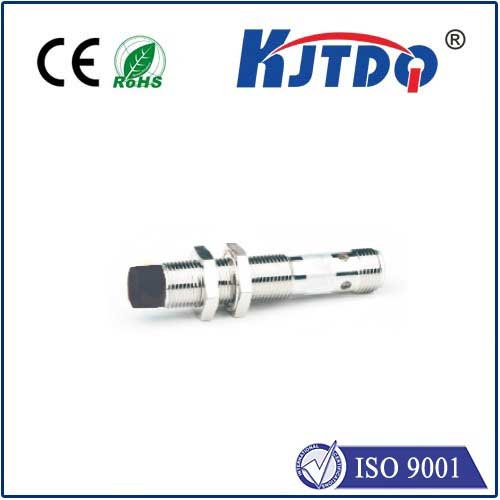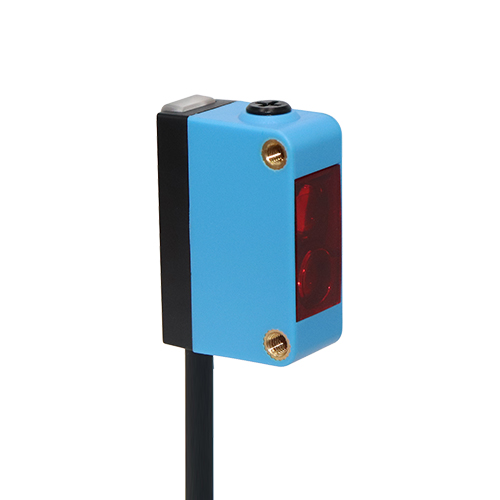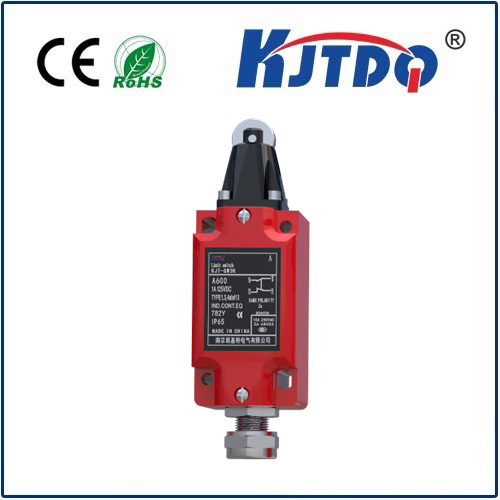temperature indicator transmitter
- time:2025-08-24 04:42:43
- Нажмите:0
Temperature Indicator Transmitters: The Dual-Function Powerhouse for Precision Measurement
What happens when precise temperature control fails? In a pharmaceutical plant, it could ruin a multi-million dollar batch of life-saving medication. In a power generation facility, it might lead to catastrophic equipment failure. The ability to accurately measure and reliably transmit temperature data is non-negotiable across countless industries. This critical task often falls to a single, robust device: the Temperature Indicator Transmitter (TIT). More than just a sensor, it’s a sophisticated unit that combines sensing intelligence with communication power, forming the essential link between physical process conditions and control systems. Understanding how TITs work and their advantages is key to optimizing process safety, efficiency, and quality.
Demystifying the Temperature Indicator Transmitter: Form and Function
At its core, a temperature indicator transmitter is an integrated instrument that performs two fundamental functions:
- Temperature Sensing (Indicator): It incorporates or connects to a temperature sensor, most commonly a Resistance Temperature Detector (RTD) or a Thermocouple (TC). This sensor element physically interacts with the process medium, changing its electrical properties (resistance for RTD, voltage for TC) in direct response to temperature fluctuations.
- Signal Conditioning and Transmission (Transmitter): The raw, often non-linear and low-level electrical signal from the sensor is processed within the transmitter. This involves amplification, linearization (converting the signal to accurately represent temperature linearly), noise filtration, and importantly, conversion into a standardized output signal suitable for long-distance transmission.
This output signal is the true power of the transmitter aspect. The most ubiquitous standard is the 4-20mA current loop. Here:

- 4mA typically represents the lowest temperature in the configured range.
- 20mA represents the highest temperature in the range.
- Values between 4mA and 20mA correspond linearly to temperatures within the span.
Other common outputs include digital signals utilizing protocols like HART (Highway Addressable Remote Transducer), which superimposes digital communication on the 4-20mA signal, Foundation Fieldbus, Profibus PA, or wireless standards. Crucially, many modern temperature indicator transmitters also feature a local display – the “indicator” part – showing the real-time measured temperature right at the point of installation.
Why Choose a TIT Over Separate Components? Key Advantages
While it’s possible to use a standalone sensor connected by long cables to a separate transmitter or display unit, the integrated temperature indicator transmitter offers compelling advantages:
- Enhanced Accuracy: By minimizing the length of the sensitive, low-level sensor leads, TITs significantly reduce the risk of signal degradation caused by electrical noise, lead wire resistance (especially critical for RTDs), and voltage drops. Signal conditioning happens right at the source. This proximity leads to superior measurement fidelity.
- Simplified Installation and Reduced Cost: Using a single device mounted directly at the measurement point drastically cuts down on wiring complexity, conduit requirements, and installation labor. Fewer components also mean lower overall material costs and less potential for wiring errors.
- Improved Reliability: Fewer connection points translate directly to fewer potential failure points. Combining functions into one ruggedized housing enhances resistance to environmental factors like vibration, moisture, and temperature extremes common in industrial settings.
- Local Readout Capability: The integrated display provides immediate visual confirmation of the process temperature for operators performing rounds or troubleshooting, eliminating the need to check a remote control room display.
- Remote Configuration and Diagnostics (Smart TITs): Advanced temperature transmitters with digital protocols (like HART) allow engineers to remotely configure ranges, perform diagnostics, and even read sensor health without needing to visit the field location. Support for intrinsic safety barriers is also common for hazardous areas.
- Scalability and Flexibility: TITs are available in a vast array of configurations to suit diverse applications: various sensor types (RTD Pt100, various thermocouples like Type J, K, T), different output signals (4-20mA, HART, Fieldbus, WirelessHART), explosion-proof or intrinsically safe ratings, diverse process connections, and mounting styles.
Where Temperature Indicator Transmitters Are Indispensable: Core Applications
The versatility and reliability of temperature indicator transmitters make them ubiquitous:
- Process Industries (Chemical, Petrochemical, Oil & Gas): Monitoring reactor temperatures, distillation columns, pipeline temperatures, storage tank conditions, and critical cooling/heating processes. Precision control here is paramount for safety and product quality.
- HVAC and Building Management: Controlling climate in large facilities, monitoring chiller plants, boiler systems, and ensuring optimal energy efficiency.
- Power Generation: Tracking steam temperatures in turbines, monitoring bearing temperatures, transformer oil temps, and stack emissions. Reliable temperature data is critical for preventing downtime and catastrophic failure.
- Pharmaceutical and Biotechnology: Ensuring strict temperature control in bioreactors, sterilization processes (autoclaves), lyophilization (freeze-drying), and cleanroom environments where even slight deviations can compromise product efficacy.
- Food and Beverage: Controlling pasteurization, sterilization, cooking, fermentation, and cold chain monitoring to ensure food safety and compliance with regulations.
- Производство: Monitoring furnace temperatures, mold temperatures in plastics injection molding, machining coolant temperatures, and heat treatment processes.
Selecting the Right Temperature Indicator Transmitter: Critical Considerations
Choosing the optimal TIT requires evaluating several factors:
- Sensor Type: Select based on required temperature range, accuracy needs, response time, and environmental conditions. RTDs (Pt100) offer high accuracy and stability over narrower ranges. Thermocouples cover wider ranges but generally with slightly lower accuracy.
- Temperature Range and Accuracy: Ensure the transmitter’s specified range and accuracy class meet or exceed the process requirements.
- Output Signal: 4-20mA remains the most common and robust for analog systems. HART adds invaluable digital communication. Fully digital fieldbus protocols (FF, Profibus) or wireless options may be preferred for new installations or dense networks. Confirm compatibility with the receiving device (PLC, DCS, SCADA).
- Local Display: Is an integrated digital readout necessary for local operator visibility?
- Environmental Rating: Consider the installation environment – temperature extremes, humidity, potential for water ingress (IP rating - NEMA 4X, IP66/67/68 common), hazardous area classifications (ATEX, IECEx, UL HazLoc requiring intrinsic safety or explosion-proof housings), and vibration levels.
- Process Connection: The fitting (e.g., thermowell, screw-in probe, flange mount) that physically connects the sensor to the process vessel or pipe. Material compatibility with the process fluid is crucial.
- Communication and Configuration: Does the application require remote configuration/diagnostics via HART or other protocols? Are specific software tools needed?
- Power Supply: Most loop-powered transmitters draw their operating power directly from the 4-20mA loop itself (typically requiring 24V DC), simplifying wiring. Some configurations may require separate power.
Installation Best Practices: Maximizing Performance and Longevity
Proper installation is vital for a temperature transmitter to perform reliably:
- Sensor Placement: Position the sensor tip correctly within the process stream to ensure it accurately measures the desired temperature. Avoid pockets, dead zones, or areas influenced by unrelated heat sources. Using a **thermowell

